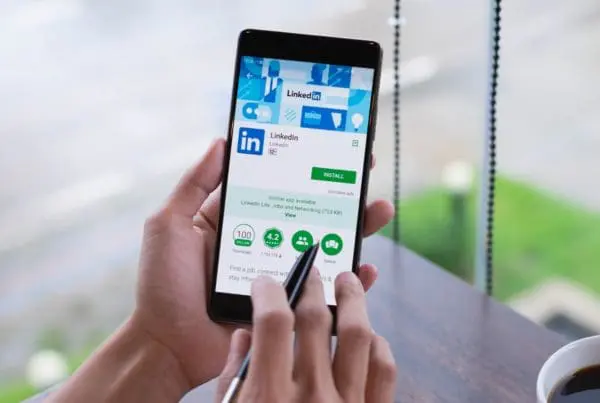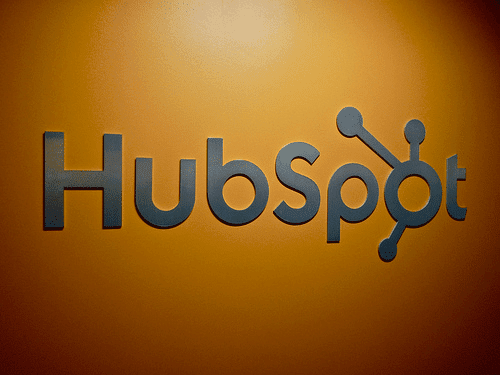This blog post is part of “The Ultimate Guide to Public Relations” blog series.
Trying to get media coverage for a company, product or event is more challenging than ever. The Internet has spawned hundreds of thousands of media outlets–from bloggers with large followings to major news publications. The competition to reach these writers and journalists is fierce.
This makes PR in the digital age much like marketing in the digital age. When it comes to marketing, you know that if you have a product that solves a real problem, there are people out there looking for it. The challenge is to find them and to help them find you. The same is true with PR–if you have a genuine news story, there is a writer out there that wants to know about it because their readers want to know about it. The challenge is to find the journalists and to help them find you.
Many of the rules of digital marketing apply to PR in the digital media age. Here are five.
- Spam is dead. The days of sending an anonymous pitch to hundreds of journalists is gone. “Blasting a news release out to as many reporter and blogger email addresses you can find is PR spam,” says the website Journalistics. “It’s one step removed from buying email addresses on the black market.” Just as with marketing emails, sending messages to people that are not personal or relevant is likely to get you ignored or blocked.
- Focus on relevance. Google rewards web pages that are relevant to the solutions that searchers are looking for. PR also needs to be relevant to what writers are looking for. Journalists have jobs to do–to inform their readers about important developments in their fields. Don’t send a pitch to any journalist that doesn’t write about your industry or product. Jason Abbruzzese of Mashable says, “I will usually just ignore a pitch if it has absolutely nothing to do with my beat.”
- Keep it simple. Make your message clear. When marketing a product, the best content explains how to solve a problem as simply as possible. If you’re pitching a journalist, make sure the news you are sharing is clear and is not buried in industry jargon or in lengthy promotional descriptions. Mike Belicove writes in Forbes, “Keep the pretty prose for your first novel and just give us the facts. Remove the rhetoric and give us the Five W’s: who, what, when, why and where. We’ll take it from there.”
- Make it personal, but not too personal. It is important to make it clear that you have read a writer’s work and are familiar with his or her beat. Personalize messages with the name of the journalist. Belicove says, “Your PR staff should operate with a media targeted distribution list that takes into consideration the specialties of a particular writer and your company’s association with that writer.” But don’t get too personal. Karyne Levy of NerdWallet says, “Nope, I definitely wouldn’t like to reply to the PR pitch you sent to my personal email address.”
- Don’t just send documents. Like a direct email, your PR pitch should entice the recipient to respond to learn more. You wouldn’t send a white paper or ebook to someone that didn’t request it. Don’t just send a press release to a journalist. Entice them first. Susan Payton of Cision says, “Journalists care about your brand’s story, and while your press release may tell part of it, you’ll do a better job of telling it yourself in your pitch letter.”
Digital marketing is all about making genuine connections with people that are looking for a solution you provide. Digital PR involves the same process–only the audience is journalists, not customers. Help writers solve their problems–creating great stories that entertain and inform their readers–and you are much more likely to be successful.
This blog post is part of “The Ultimate Guide to Public Relations” blog series.




